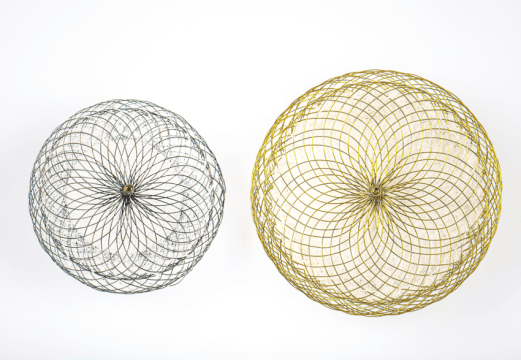Atrial fibrillation (AF) is the most frequent arrhythmia in patients >55 years old and is related to ischemic stroke due to thrombi formation in the left atrium, particularly in the atrial appendage.

To avoid this complication, anticoagulation is indicated, but patients >75 years are at high risk of bleeding, making percutaneous closure of the atrial appendage a valid option with an indication of recommendation IIb with evidence B.
The LIGATE study included 52 patients with nonvalvular AF who received the second-generation ULTRASEAL device.
Mean age was 75 years, 70% of patients were men, 23% had diabetes, 89% had hypertension, 48% had coronary artery disease, 50% had impaired renal function, 15% underwent dialysis, and ejection fraction was 53%.
The rates of transient ischemic attack and stroke were 23% and 21%, respectively.
The incidence of previous bleeding was 80%, the CHA2-DS2-VASc score was 4, and the HAS-BLED score was 3.
Read also: TCT 2022 | AMULET IDE: Events at 3 Years Using the AMULET Appendage Closure Device.
The most frequent left atrial morphology was Chicken-wing (42%) followed by Windsock, Cactus, and Cauliflower.
Implantation was successful in all patients, while procedural success was reached in 50 of them (one patient experienced severe leak and another had a perforation with pericardial effusion).
During hospitalization, one patient experienced a minor stroke, and two patients had major bleeding.
Read also: Left Atrial Appendage Closure Is Safe with the New Devices.
At 6 months of follow-up, all-cause mortality and major bleeding were 11.6% and 2.1%, respectively. No patient experienced stroke, transient ischemic attack, systemic embolism, or device embolism.
Conclusion
The second-generation device USTRASEAL was associated with high success rates and low incidence of periprocedural complications. Larger studies with longer follow-up are warranted to assess the long-term safety and efficacy of the device.

Dr. Carlos Fava.
Member of the Editorial Board of SOLACI.org.
Original Title: Left atrial appendage closure with the II generation Ultraseal device: An international registry. The LIGATE study.
Reference: Carlo A. Pivato, et al. Catheter Cardiovasc Interv. 2022;100:620–627.
Subscribe to our weekly newsletter
Get the latest scientific articles on interventional cardiology





